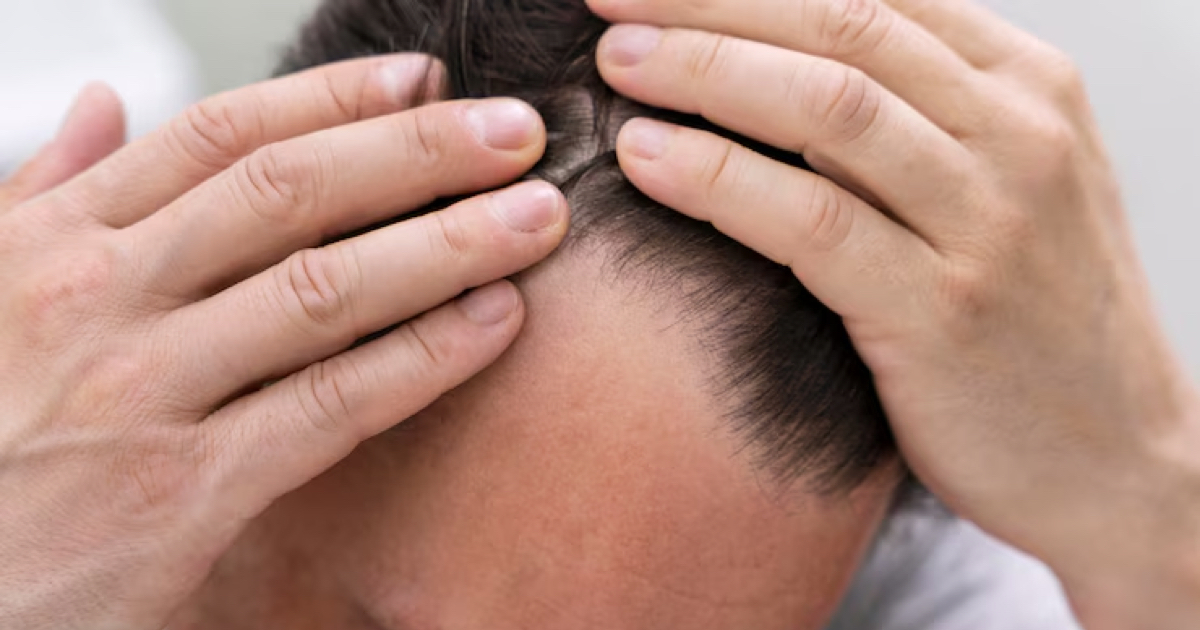Everything You Need to Know About Hair Transplantation
Hair loss is a process that affects both men and women—not only physically, but also psychologically. Whether caused by genetics, stress, hormonal changes, or medical conditions, hair loss can damage self-confidence and negatively impact social life. That’s where hair transplantation comes in—as a natural and permanent solution.
What Is Hair Transplantation?
Hair transplantation is a surgical procedure that involves relocating healthy hair follicles—usually taken from the back of the scalp—to areas experiencing thinning or baldness. Thanks to modern techniques, the results look natural and, when performed correctly, are permanent.
Most Common Hair Transplant Techniques
1. FUE (Follicular Unit Extraction)
FUE involves harvesting individual follicles and implanting them into the recipient area using special tools. It’s a stitch-free, scar-free method known for its fast recovery time.
2. DHI (Direct Hair Implantation)
This method uses a special implanter pen to place hair follicles directly into the scalp. It offers precise control and high density, making it a popular choice, especially for women.
3. FUT (Follicular Unit Transplantation)
A more traditional technique that involves removing a strip of scalp tissue from the donor area. While effective, it carries a higher risk of scarring and is less commonly used today.
How Does the Hair Transplant Process Work?
- Consultation and Planning: A specialist evaluates the extent of hair loss and determines the optimal treatment area.
- Donor Area Selection: Hair follicles are typically harvested from the back of the scalp, which is more resistant to hair loss.
- Local Anesthesia: Ensures a pain-free experience during the procedure.
- Follicle Harvesting: Follicles are collected using the chosen technique and preserved in special solutions.
- Channel Creation and Implantation: Tiny channels are created in the recipient area, and follicles are carefully implanted at the right angles.
Who Is a Good Candidate for Hair Transplantation?
- Those experiencing male-pattern baldness
- People with receding hairlines
- Individuals who have lost hair due to burns or trauma
- Those whose hair loss has stabilized
Anyone over the age of 18 with a generally healthy condition can be a candidate for hair transplantation.
Post-Transplant Care and What to Expect
- Do not wash your hair for the first 3 days
- Protect the treated area from sun exposure
- Avoid physical activities for a few days
- Scabbing and mild redness are normal
- Initial results appear in 3 months; full results in 12 months
Hyperbaric Oxygen and Next-Gen Storage Technologies
Recent advancements like Hyperbaric Oxygen Therapy and innovative storage systems (e.g., HIB-O) have significantly increased transplant success rates. These technologies enhance follicle survival and promote the growth of healthier, stronger hair strands.
When Will I See Results After a Hair Transplant?
- First 2 weeks: Shock loss phase may occur (normal)
- 1–3 months: New hair begins to emerge
- 6 months: 60–70% of hair becomes visible
- 12 months: Full results—thicker, stronger, natural-looking hair
Is Hair Transplantation Permanent?
Yes. Transplanted hair follicles are genetically resistant to hair loss, offering permanent results. However, post-treatment care and a healthy lifestyle are essential for long-term success.
A Natural and Lasting Solution at Your Fingertips
Hair transplantation is more than a cosmetic procedure—it’s a powerful step toward restoring your confidence. When performed by experienced professionals using the right technique and advanced technologies, it can transform your life.
If you’re ready for fuller, stronger, and natural-looking hair, contact us today to learn more about your hair transplant options.
